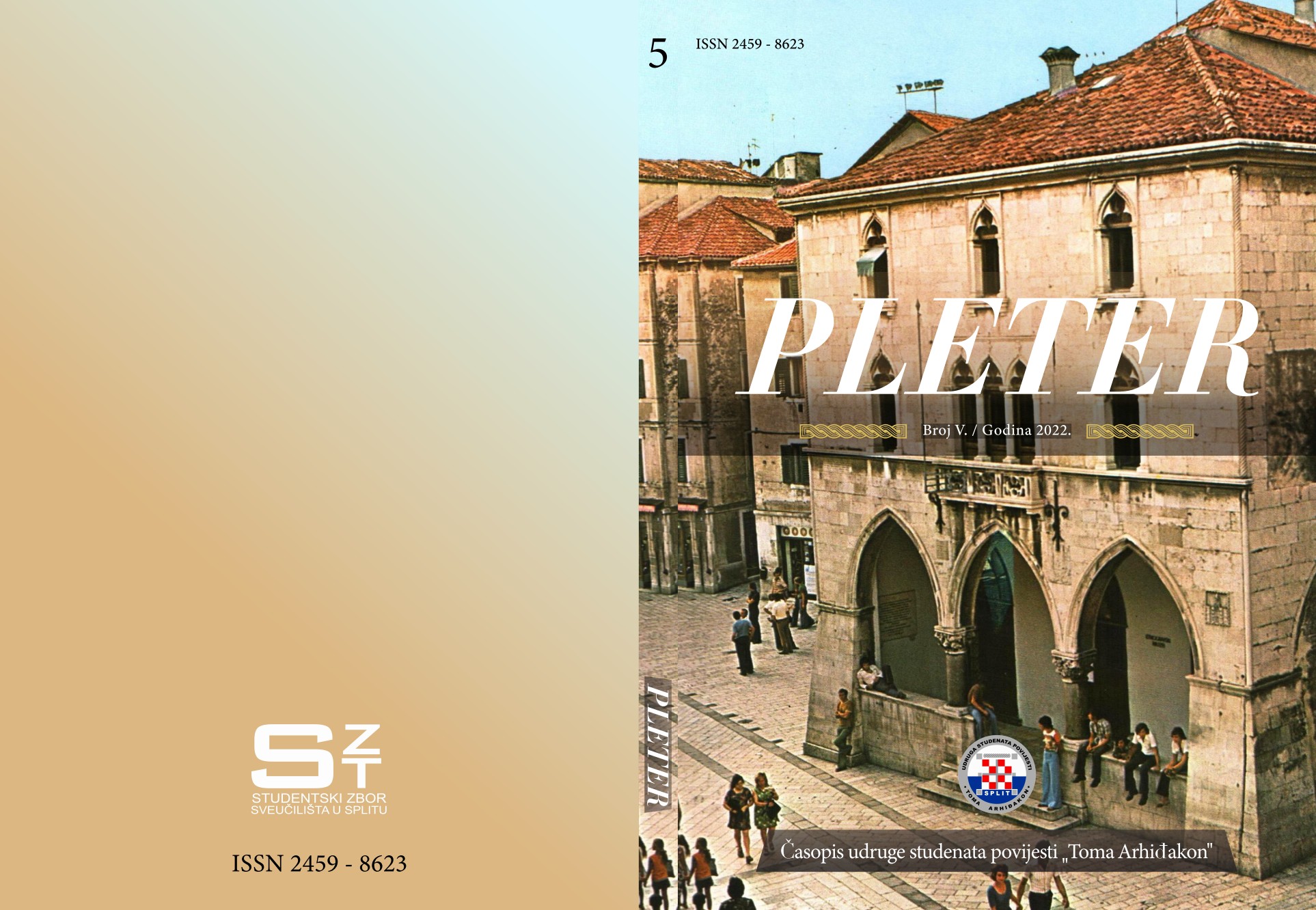Funeral Rites and Customs in the Roman Empire
DOI:
https://doi.org/10.51154/p.5.5.6Keywords:
Roman Empire, death, funeral rites, funeral custom, funeral preparation, funeral procession, cremation, inhumationAbstract
In the Roman Empire, there were several functions that were performed at the time of the death of the deceased. It all begins with funeral preparation, a ritual that was of particular importance to the inhabitants of the Roman Em-pire. The importance of funerals in all cultures comes from the human need to be able to say goodbye to their loved ones. After the body of the deceased was prepared, that is, washed in warm water, anointed with oils, and decorated with flowers, it would be exposed in the atrium of the house. Afterwards, a pomp or funeral procession starts, accompanied by musicians, mourners, and actors, which leads the deceased to his eternal resting place where the rite of cremation or inhumation will take place. After the funeral, it was obligatory to perform a purification ritual because it was believed that the dead were polluted. With the advent of Christianity, there was a slow change in tomb architecture, and early communities of Christians and Jews began to be buried in underground catacombs. According to the Code of Twelve Plates, burial within the city is pro-hibited and the cemetery is located outside the city walls. To the Romans, tombs were an eternal home in which they lived after death. The most common tombs of the Roman world were shapeless holes in which either vessels with ashes and burnt bones or a skeleton were placed. It all depended on the material possibili-ties and tradition of the family, the appearance of graves and grave sites could vary, and some patrician families could even have private graves. The construc-tion of the mausoleums was also established, but they were more often built by the ruling families. All this information related to the burials of the ancient Romans can be read from two valuable sepulchral reliefs: the relief of the tomb of the Haterii family and the relief of the tomb from Amiternum on which we have depictions of funeral preparations and processions.


